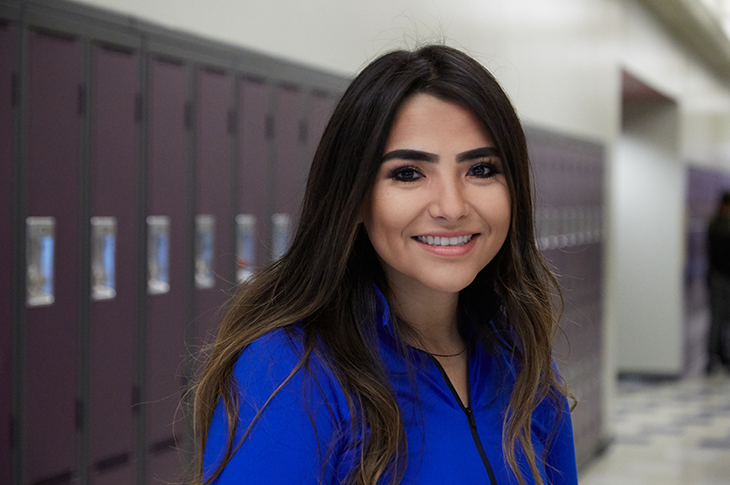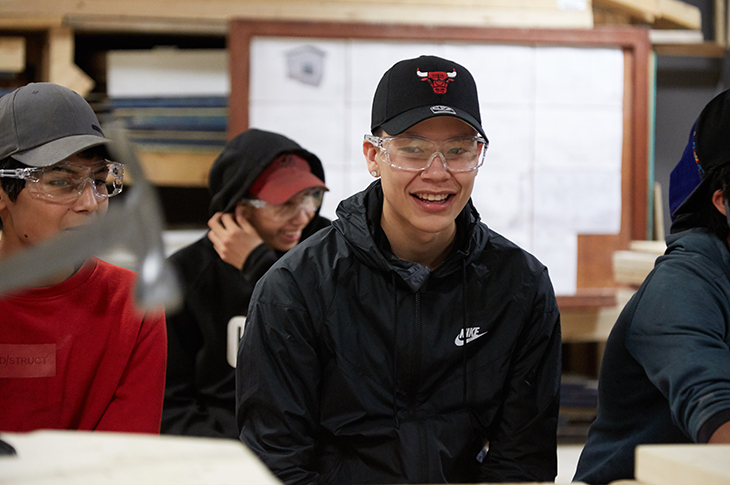Montana First Nations youth get full SAIT experience

With a little help from the Ptarmigan Charitable Foundation, junior-high and high-school students from Meskanahk Ka Nipa Wit School, Montana First Nations experienced firsthand what it’s like to be a SAIT student.
Richard Bird, director of the Ptarmigan Charitable Foundation says the private foundation is one way his family can share their “good fortune with others who can benefit from a little help.”
Creating access to opportunity
Earlier this year, the foundation established an endowment with a gift of $150,000, including $5,200 in stopgap funding to support First Nations youth.
“One of our focuses in Canada is assisting First Nations youth to achieve their goals through education, physical fitness and sports,” says Bird. “We have programs at several schools and post-secondary schools, and [we] thought we should have one at SAIT given it is in our own backyard.”

Discovering one's potential
Students who participated in The Youth Education and Career Pathways (YECP) program spent two weeks on campus from July 2-11. The program is designed to help students identify and plan their career goals and provide them with an opportunity to try out different schools in Alberta.
“I think it has opened their eyes to see that ‘Okay, I can go out and do that,’ instead of being limited to what’s around them,” says Sheila Potts, a Montana First Nation elder who has been involved with the program since its inception 12 years ago.
Students were given the option of participating in two camps, one for each of the two weeks at SAIT. The camps included a science camp, a welding camp, a construction camp, and a photography camp. During the second week, high-school students worked with an external company for the creation of a video documenting their experience.
“I know that every single one of the kids looks forward to this camp and they know that it’s coming right from the beginning of the year,” says Brittany McMaster, camp chaperone. “They know that there are certain levels of academics that they need to maintain, and they need to show up for school — they all really strive for that to come to this camp.
“A lot of the kids will start the week really shy, not really talking much, and then by the end of it they’ve completely opened up and they’re like ‘Oh, well maybe I can go to school, maybe I can do this.’ It’s really awesome.”

Oki, Âba wathtech, Danit'ada, Tawnshi, Hello.
SAIT is located on the traditional territories of the Niitsitapi (Blackfoot) and the people of Treaty 7 which includes the Siksika, the Piikani, the Kainai, the Tsuut’ina and the Îyârhe Nakoda of Bearspaw, Chiniki and Goodstoney.
We are situated in an area the Blackfoot tribes traditionally called Moh’kinsstis, where the Bow River meets the Elbow River. We now call it the city of Calgary, which is also home to the Métis Nation of Alberta.